Dessert in Western countries is typically sweet foods like ice cream, doughnuts, cookies, and candy. In China, dessert strays away from these super sugary concepts — even cake is turned on its head and means something different. Dessert in China can be either sweet or savory, and many times, it’s both, making for a delicious combo that satisfies both kinds of cravings. These are eight Chinese desserts you need to try on your next visit.
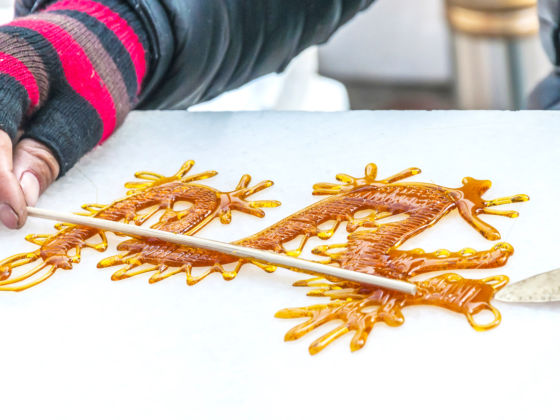

12 Sweet, Savory, and Delicious Chinese Desserts You Have To Try
Chinese New Year desserts
Sweet rice balls, or yuanxiao or tāngyuán

Photo: dolphfyn/Shutterstock
Like Chinese New Year dumplings, sweet rice balls can be eaten year-round but are especially important during Chinese New Year festivities when they’re shared between families to bring harmony and happiness in the new year. The round shape is meant to represent family completeness. The official name used for this dessert depends on what part of China you’re in. It’s called yuanxiao in the north and tāngyuán in the south, though yuanxiao came first. These sweet rice balls are particularly prevalent during the Lantern Festival that rounds out the new year celebrations due to sharing a similar name (it’s also known as the Yuanxiao Festival).
The glutinous rice powder used is what makes them sweet, and the fillings can further add to the sweetness (like with fruit or bean paste) or add a savory element with nuts.
Prosperity cake, or fao gao
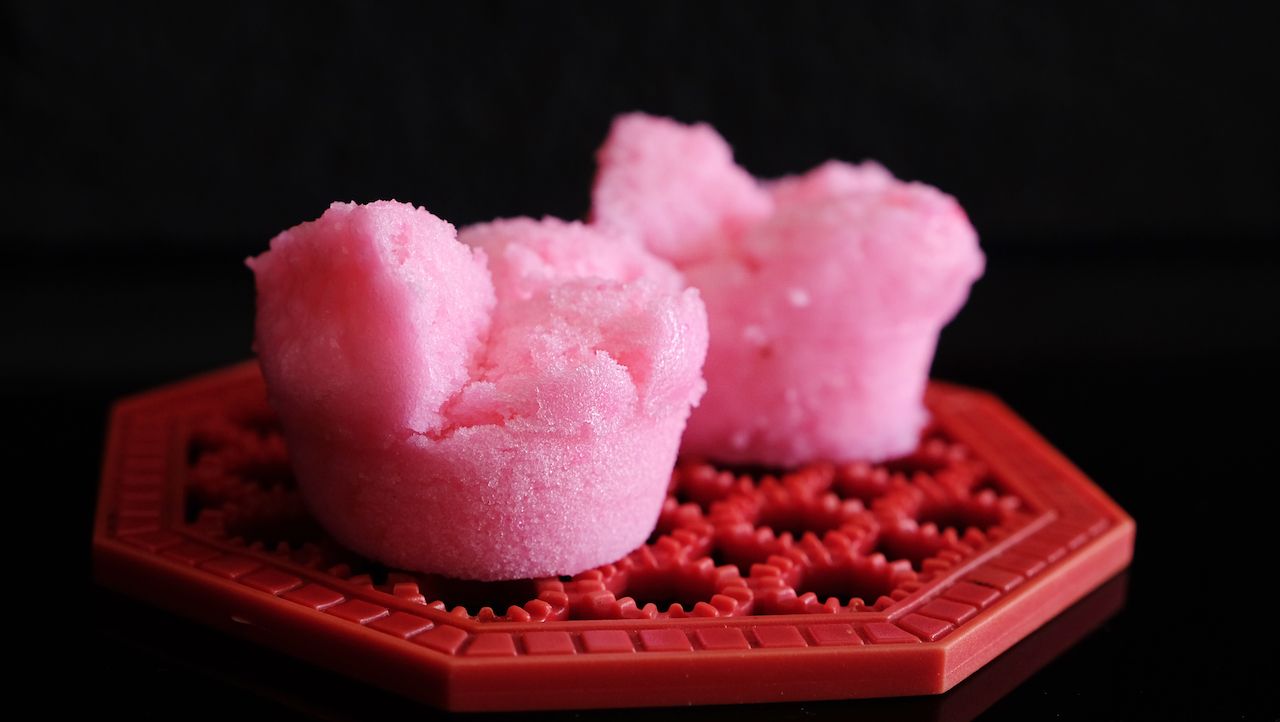
Photo: Kristina Ismulyani/Shutterstock
A typical Chinese New Year pastry, fao gao has a number of English names — prosperity cake, lucky cake, and fortune cake. Its purpose is to bring luck when eaten, and it’s often gifted to others during the holiday, just like many other Chinese New Year foods. The word fa has a double meaning, both “prosperity” and “raised,” while gao means “cake.” The traditional way of making these cakes is by mixing rice flour, cake flour, and baking powder with sugar and hot water, and then putting it into cupcake molds. The batter is steamed, which makes the tops open up into four different sections. The cakes can come in a variety of colors, and while they look soft, the insides are quite thick.
Eight treasure rice pudding
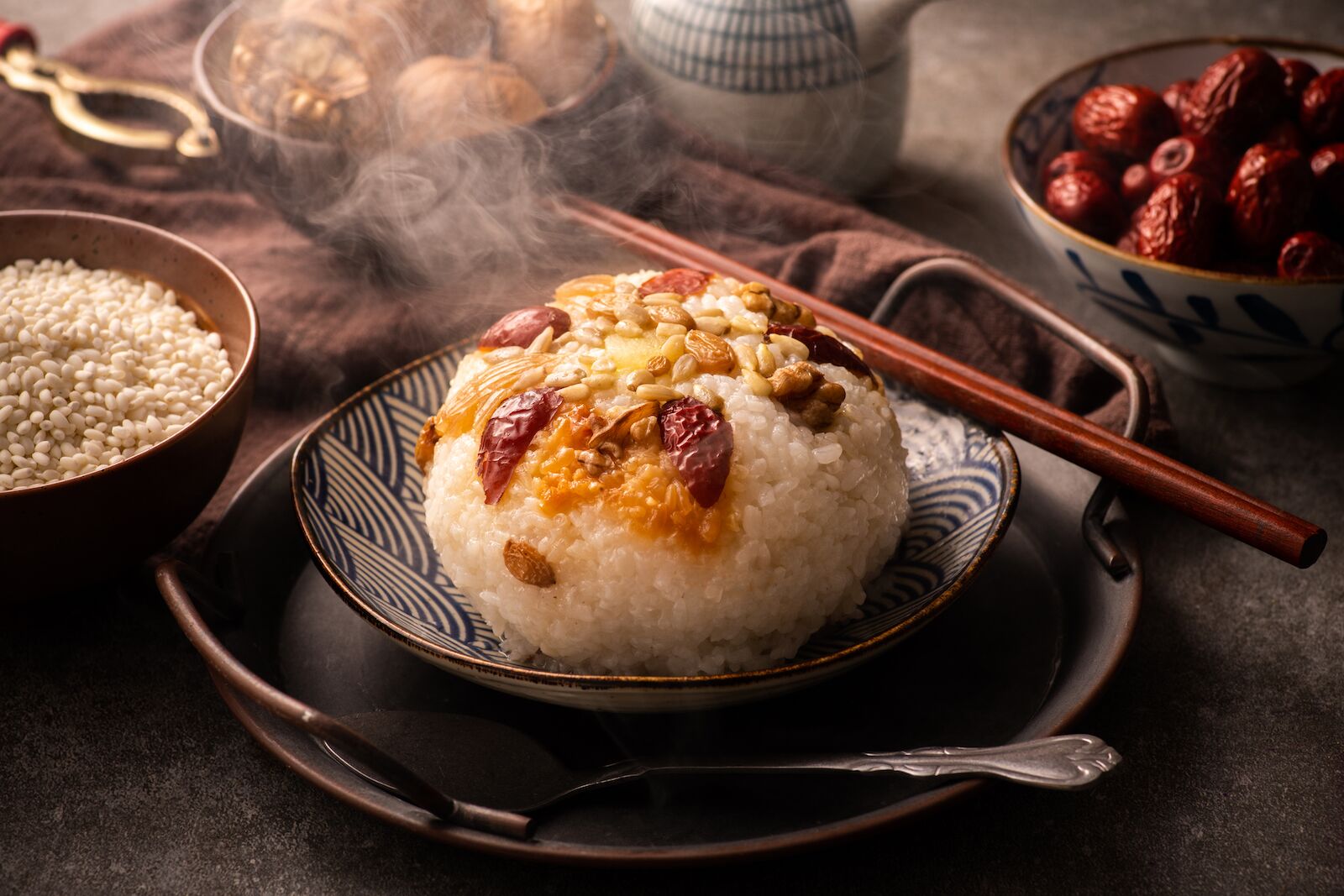
Photo: evanwei-sh/Shutterstock
Also known as ba boa fan, this colorful dessert consists of red bean paste, dried fruits, and sticky rice. The toppings usually include Chinese dates, also known as jujubes, peanuts, walnuts, and raisins, but there are many other options (including jackfruit, plums, and winter melon) as the dish can customized based on the baker’s taste. Whatever toppings you choose, those symbolize the eight treasures in the dessert’s name. Eight is a fortunate number in the Chinese language: When spoken out loud it sounds like the word for rich.
Chinese street food desserts
Dragon’s beard candy
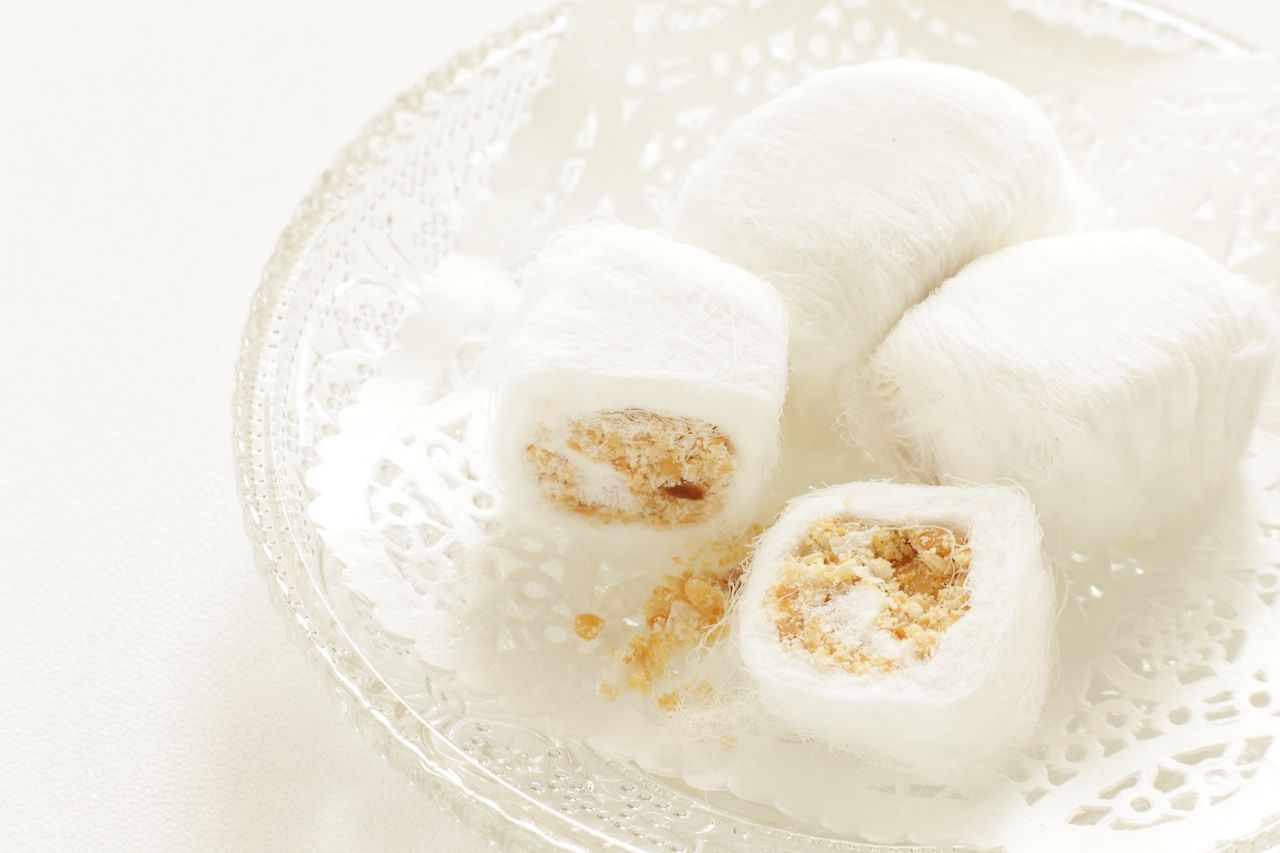
Photo: jreika/Shutterstock
Dragon’s beard candy is akin to cotton candy, though where cotton candy is large and fluffy, this Chinese confection is small and thin. The name for it comes from its similarity to depictions of dragons; the sugary strands are so wispy that they resemble dragon whiskers. The making of dragon’s beard candy is also considered an art form in China as it’s made by boiling a mixture of sugar into a gel-like substance, which is then made into a ring that’s folded and pulled over and over in figure eights until there are a number of tiny strands. But it’s not all sugar and potential cavities; after, there are hundreds to thousands of strands, and a filling (nuts are common) is added on top and then rolled so that it’s inside the candy.
Sugar painting
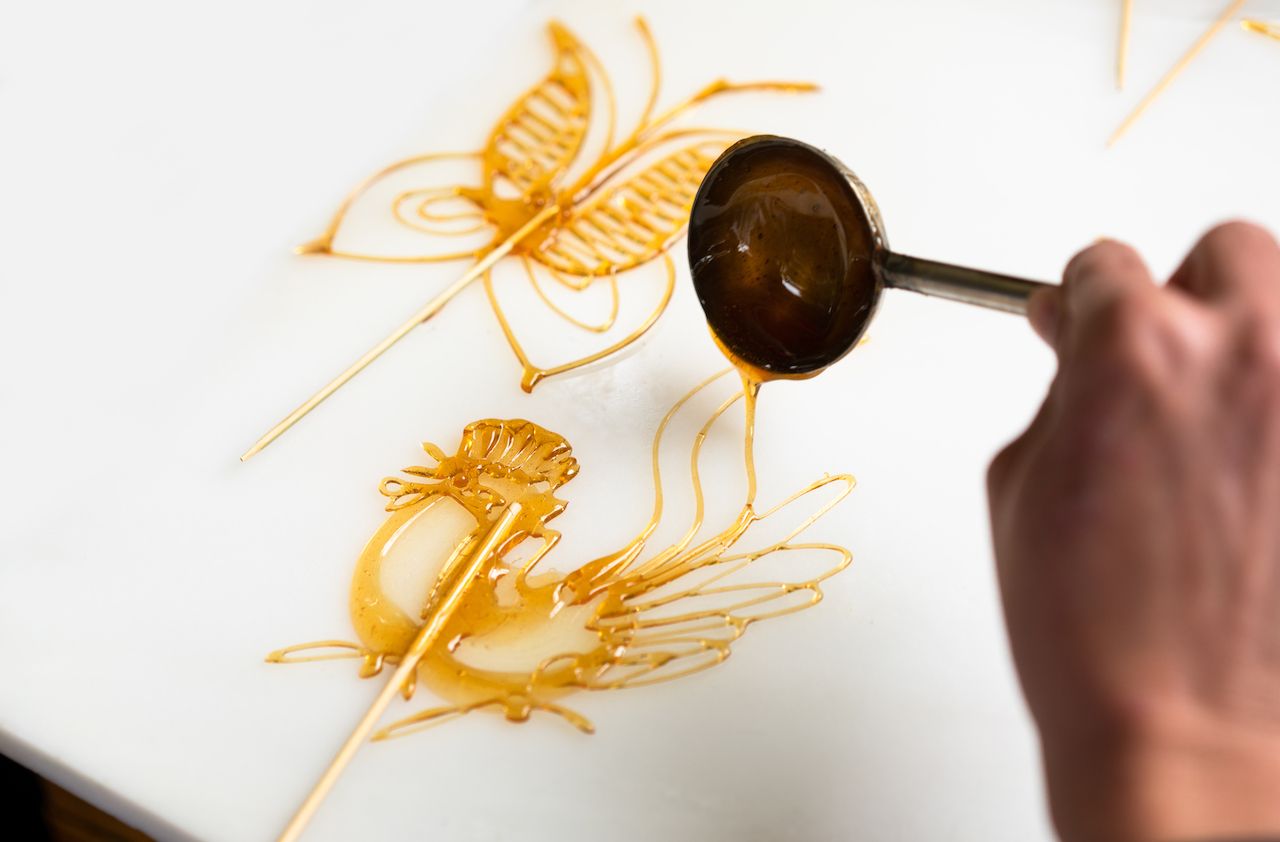
Photo: HelloRF Zcool/Shutterstock
We’ve all seen artwork of food that looks so appetizing that we want to eat it. In China, there’s a form of art that you actually can eat, if you don’t mind eating pure sugar. Sugar paintings are exactly what they sound like: paintings made out of liquid sugar. It’s thought that these edible works date back to the Ming Dynasty when sugar figures were part of religious rituals.
They’re typically found in street markets, parks, and, because of their popularity with kids, around schools. Artists can usually be found at a stall with their canvas of choice, either a slab of marble or metal. The liquid sugar has to be made first, so usually there’s a pot on the side where the sugar is cooked and melted down. Afterward, the artist will drizzle the hot sugar onto the “canvas” in the shape of whatever the buyer wants — butterflies, dragons, bicycles, flowers, etc. — and the shape can be either two or three dimensional. Then, the artist will attach a stick to it and remove it from the workspace with a spatula so that you can take it on the go.
Put chai ko

Photo: Innesslam/Shutterstock
Served on a long skewer, this snack is particularly popular in Hong Kong. Put chai ko is a firm red bean putting that can fit in the palm of your hand. Typically steamed in a small porcelain bowl, it is made with rice flour, starch, and sugar, and studded with whole red beans. It was most popular in the 1980s, when you could find street vendors all over Hong Kong selling the treats, and these days you can still find it not only on the street but in pastry shops, too. Steaming cakes, rather than baking them, is a popular way of preparing desserts in China; most people in China don’t use or own ovens.
Chinese Pastry and Cakes
Hong Kong-style egg tarts, or dàntǎ

Photo: Coco Rattanakorn/Shutterstock
Egg tarts can be found all around the world, though they’re particularly popular within China as a dim sum option and can accompany any meal. Eggs tarts are probably also the most well known of the Chinese baked goods. There are different versions within China itself, but the most common is Hong Kong-style egg tarts, which have a British influence. Hong Kong-style egg tarts have a glossy finish, are flatter, and are sunken into the crust, which is made from puff pastry (with a more bowl-like appearance) or shortcrust pastry (like a pie crust). They’re also completely yellow. The taste is thick and almost jello-like. Prep time for this dessert can take hours, so they’re usually prepared in advance for purchase.
Sweetheart cake, or lou po beng
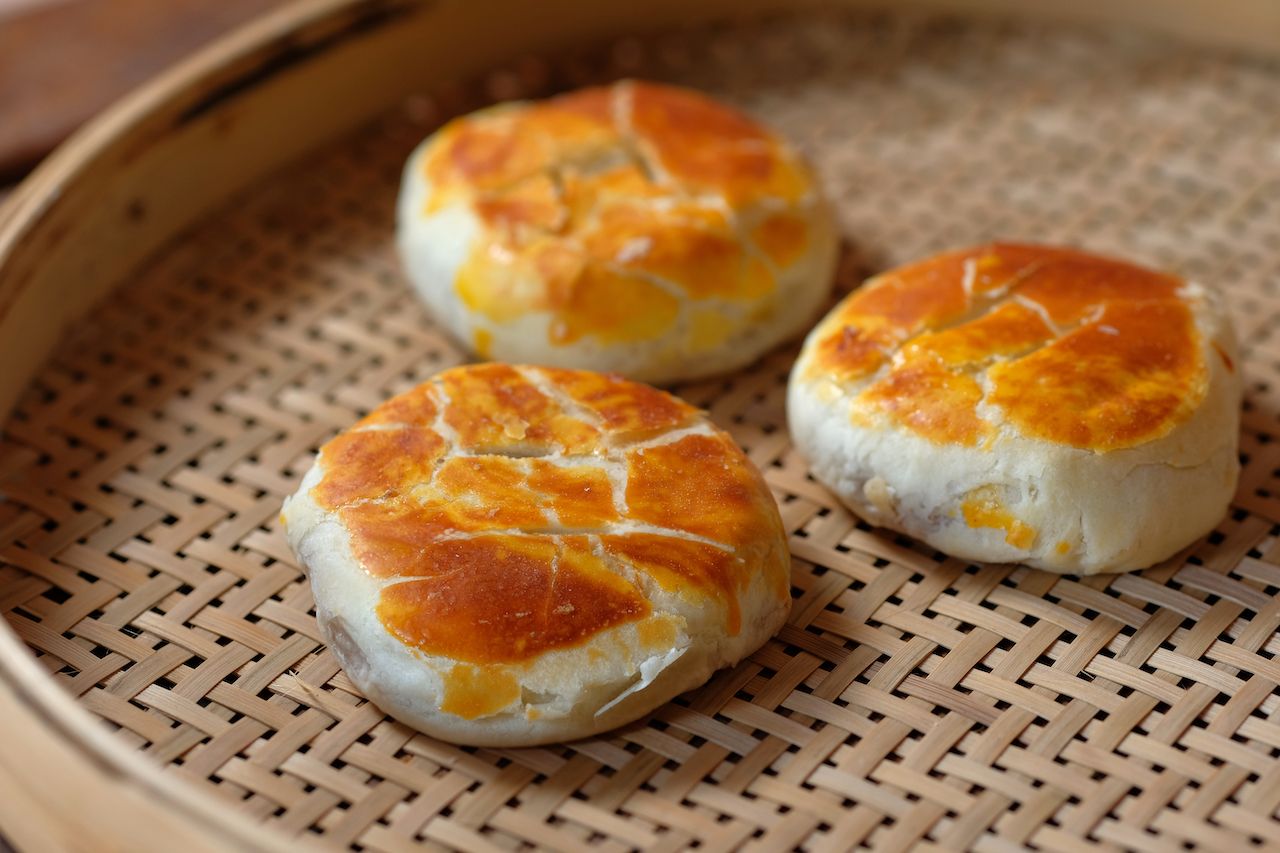
Photo: francoimage/Shutterstock
There are several legends and variations that surround sweetheart cakes, but the most common one is of a married woman whose father fell ill. The family was poor and used a majority of their money to pay for treatment, and this is where many of the legends vary. Some are vague and simply, saying that the woman sold herself as a slave to buy more medicine, while others are more specific and say that she sold herself to their landlord — though whether it was to pay bills they couldn’t afford due to using all their money for medicine or to get more medicine depends on the legend. Another place where they deviate is on the husband’s involvement, though most say that upon hearing what his wife had done, he worked hard to make enough money to bring her back and created lou po beng as a result.
Sweetheart cakes originated in the Guangdong province (formerly known as Canton, making them a Cantonese dessert). Traditionally, they’re made with a flat and flaky dough that’s filled with candied winter melon, glutinous rice flour, and sesame seeds.
Mooncake, or yuèbing
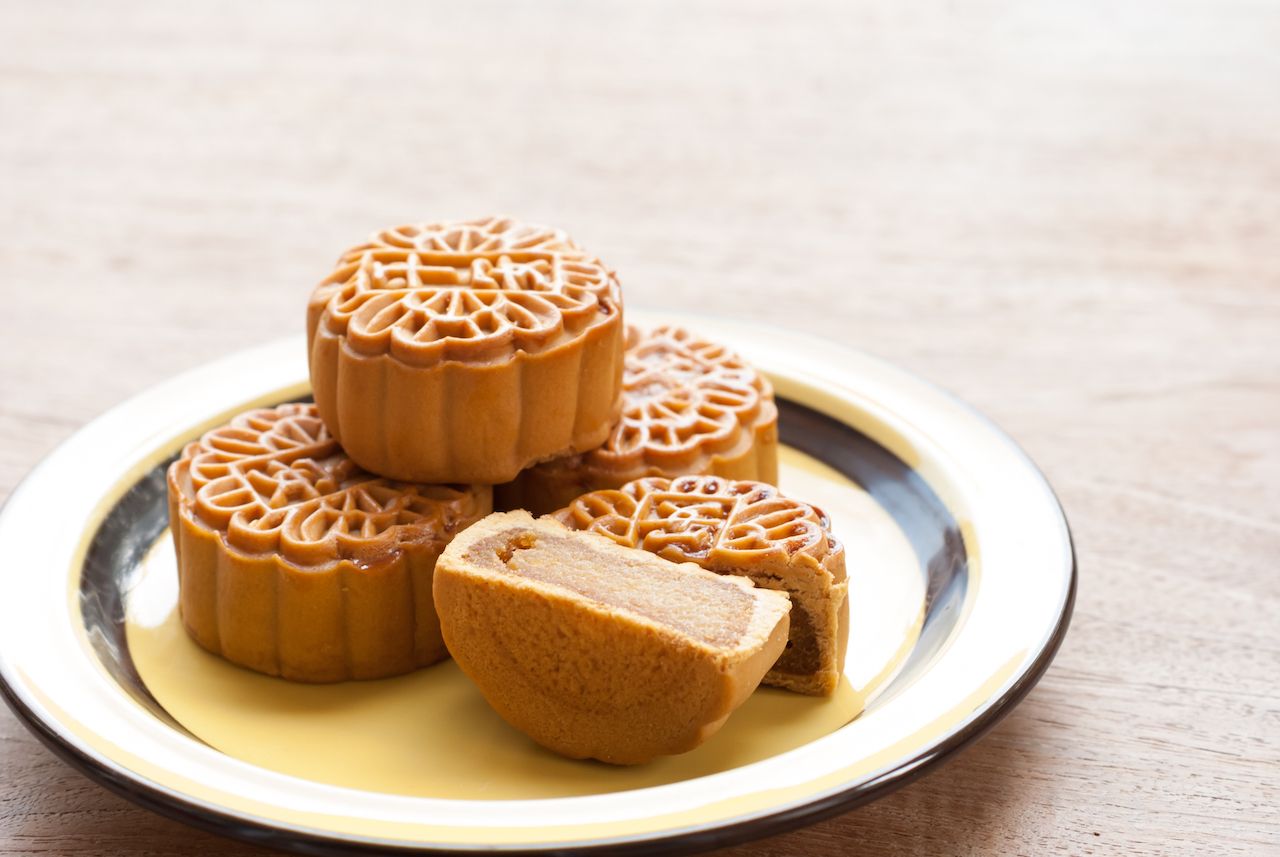
Photo: Amawasri Pakdara/Shutterstock
One of the most well-known Chinese desserts, yuèbing, otherwise known as mooncakes, are traditionally eaten during the Mid-Autumn Festival. This festival is right up there with Chinese New Year in terms of significance and is celebrated during the middle of autumn when the moon is at its fullest. It’s thought that the moon is closely tied to the seasons and agriculture, so the Chinese would offer a sacrifice as thanks to the moon during the autumn season. The festival became official during the Tang Dynasty. Part of the sacrifice is mooncakes, which are offered up and then eaten. During this time, people also give them as gifts to friends and family to wish them good fortune. Mooncakes are a round (like the moon), soft pastry. The fillings vary by region, from ice cream to custard to ham, though the original is sweet lotus seed paste and salted duck egg yolk.
Chinese desserts soups
Black sesame soup
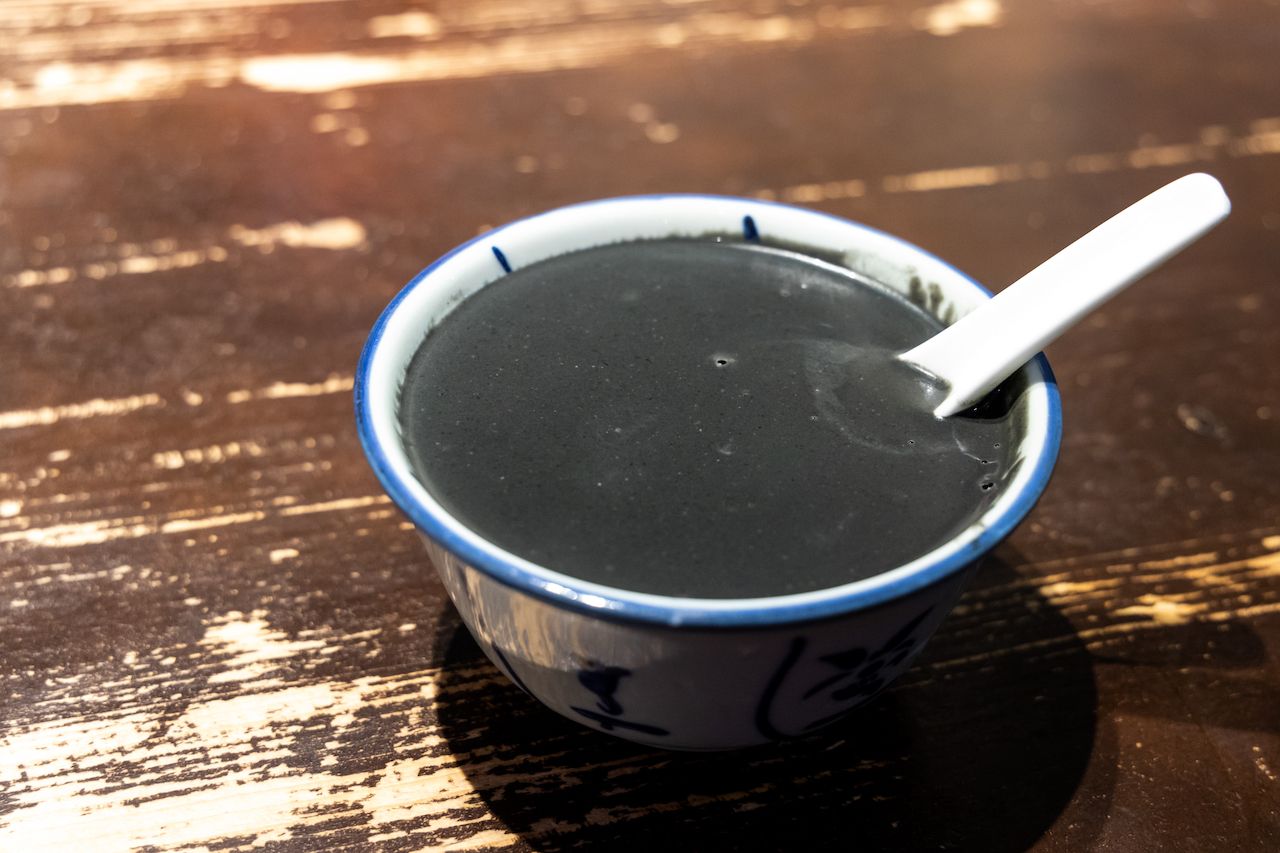
Photo: ThamKC/Shutterstock
Soup isn’t normally thought of as a dessert option, but black sesame soup in China is a dessert sought after for its health benefits, an its actually one of many sesame desserts from around the world. Served hot, all that’s needed to make the soup is water, rice, sugar, and, as the name suggests, black sesame seeds. In addition to giving the soup its opaque color, black sesame seeds are rich in nutrients that promote healthy hair and skin, blood flow, and bowel movements.
Cantonese dessert soup or tong sui
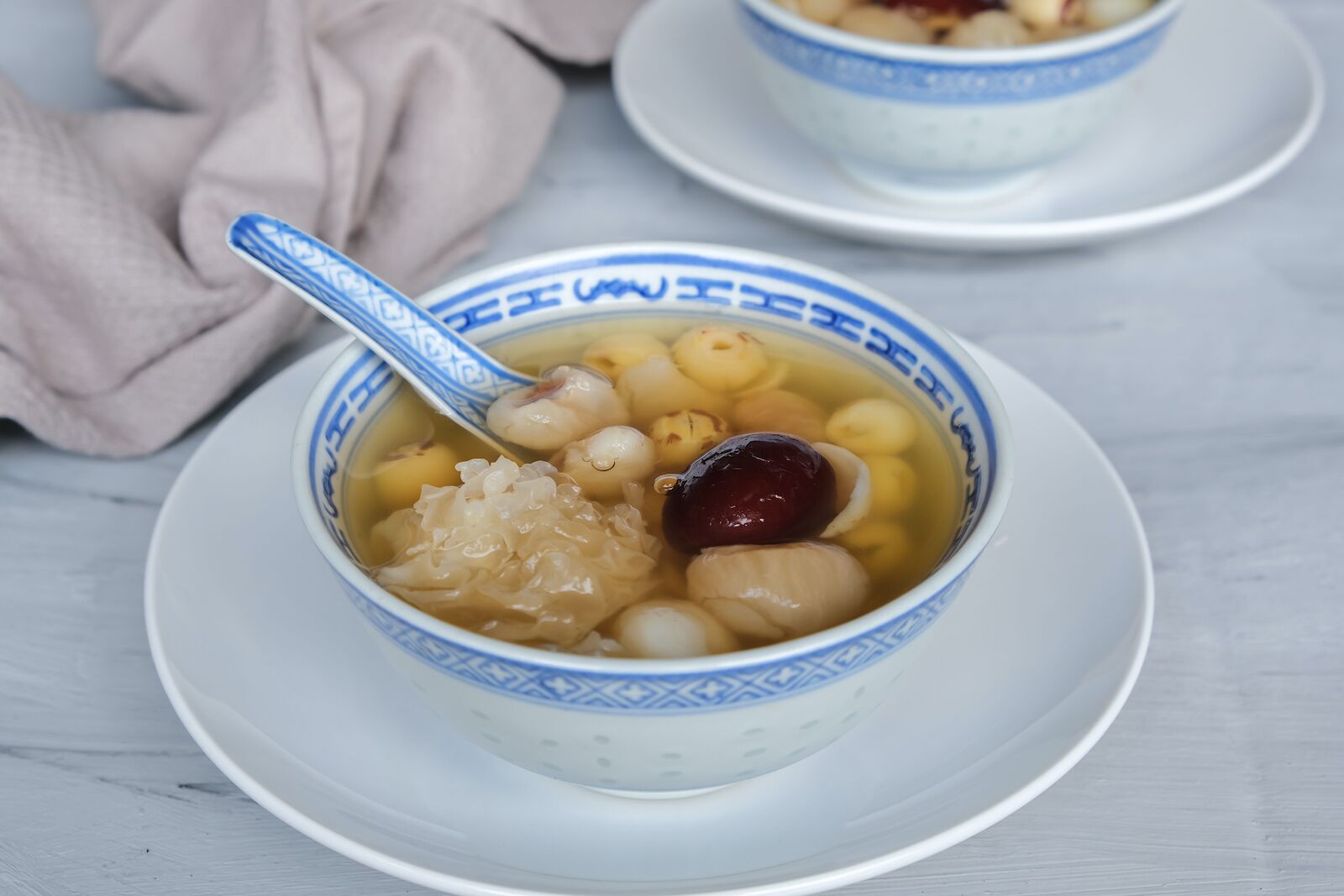
Photo: YSK1/Shutterstock
Tony sui is actually an umbrella term for any sweet soup served at the end of a Cantonese meal. The phrase means something like “sugar water,” and describes the light, sweet broth in which the rest of the ingredients are served. But it’s just served after dinner — in Guangdong province, it’s enjoyed at lunch and as a snack on the way home from work or schoool. One popular variety of Cantonese dessert soup is snow fungus tong sui; snow fungus is a delicate mushroom with a jelly-like texture. It’s often combined with longan, red and black dates, and goji berries. However, there are near-endless varieties of tong sui, including those served with sweet potato and water chestnuts.
Red bean soup
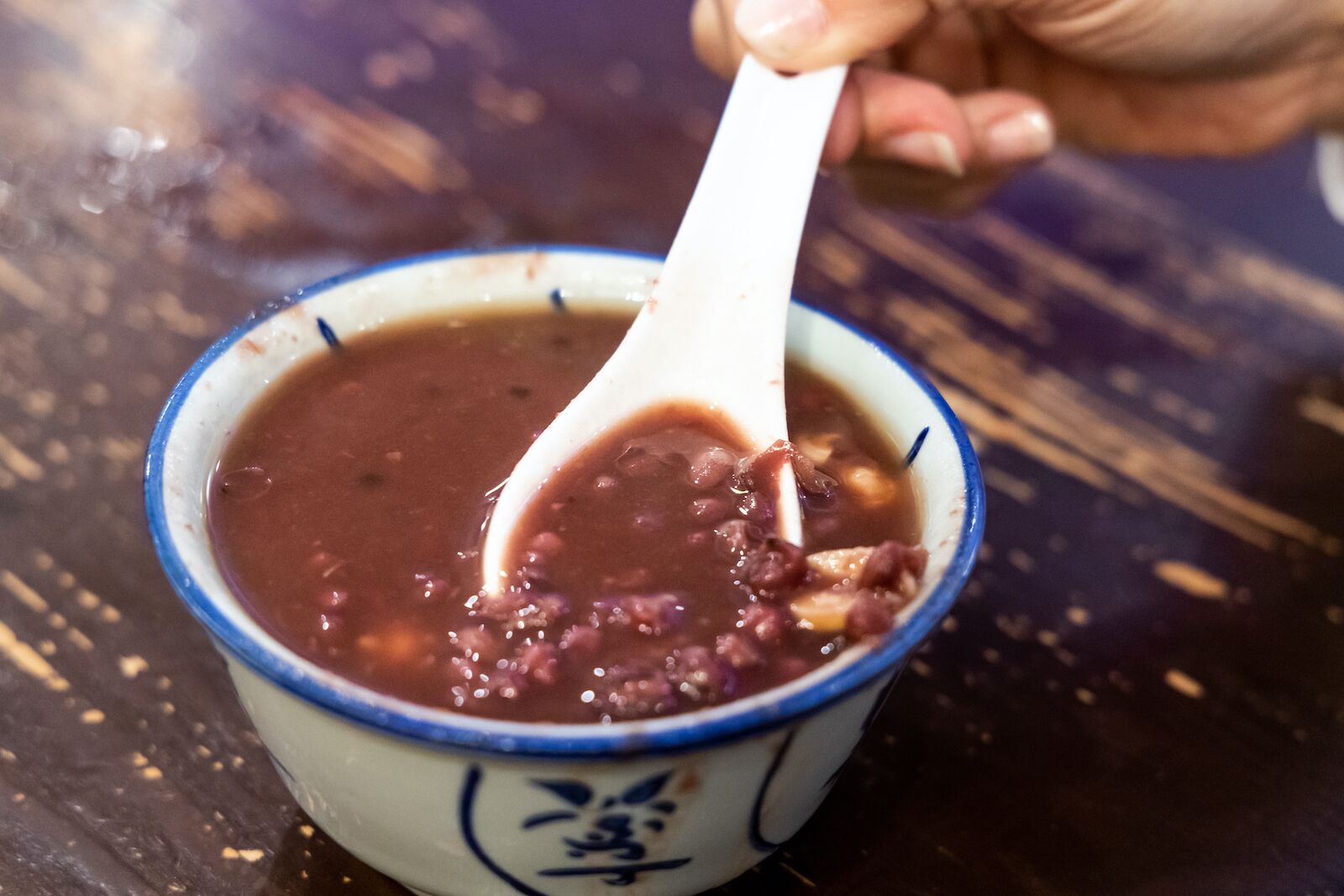
Photo: ThamKC/Shutterstock
Hong dou tang as it’s known in China is another dessert soup, though it tends to be thicker and creamier than other varieties of tong sui, and can be found in Mainland China, Hong Kong, and Taiwan. Served both hot and cold, red bean soup is one popular way of ending a heavy buffet meal at a Chinese restaurant. The ingredients are simple — just sugar and mashed red beans (also called adzuki beans) — but sometimes a citrus peel can add an extra layer of flavor.